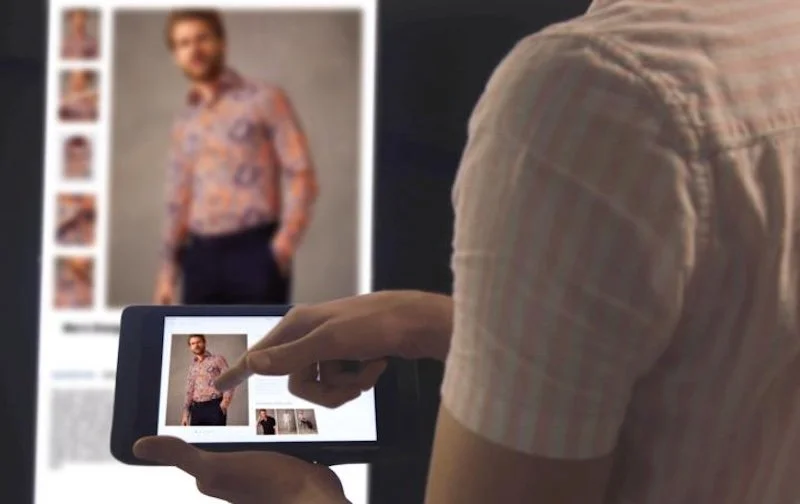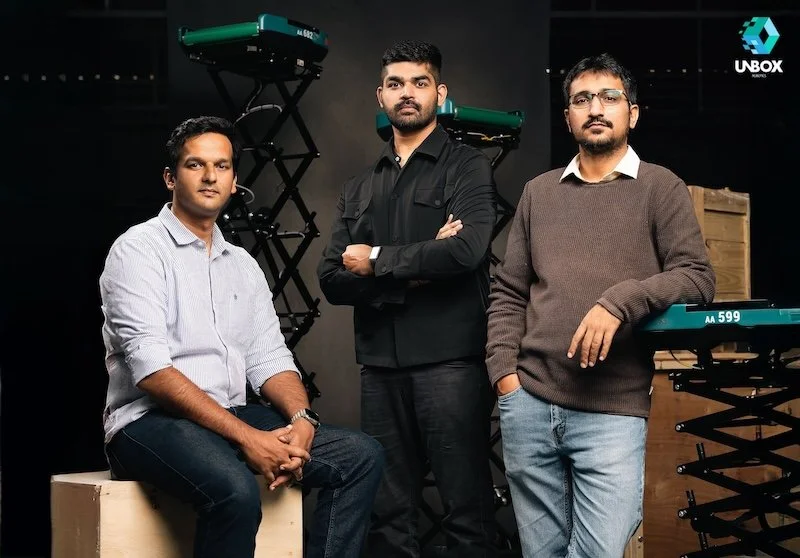Turning ghosts into customers
By Paul Leybourne, Director, Vodat International
Clienteling, or the business of selling to customers based on an insight into their needs, is regarded rightly as a key differentiator for retailers focused on reinventing the post sales per square foot model of store profitability.
Clearly, measuring the success of a store on return on square footage alone is not the answer in a world where so many sales are being made online; even where customers come into the store, they may be visiting simply to pick up an order made on the web or telephone.
So, retailers look for other measures, such as return on experience – did the customer have a rewarding experience in the store, even if they did not buy there and then. Or even return on interaction – did the customer seek advice on a product that they then purchased elsewhere. In these scenarios, the store is providing a valuable service which hopefully influenced the decision to buy, wherever and whenever that decision was taken.
However, these are only two scenarios and there are others that some retailers may be missing. Consider the customer that wants to be left alone and certainly does not require help from staff. They may even be using their mobile phone while they are browsing, either looking at a website or even talking to a friend to get their advice. To the smart retailer, this customer is an opportunity.
"Here, for so many retailers is business as usual; customers inhabiting stores like ghosts, unseen, uncared for and doomed to haunting stores and shopping centres across the nation"
First of all, when that customer does decide that they want help, they will expect many things to all happen effectively and immediately; they will expect staff, ideally to know who they are and what they might have bought in the past and what their preferences are. They will expect the staff to know all there is to know about the products they are browsing, whether they are in stock, or if they are not in stock whether they can be sourced from another store or warehouse and delivered to the customer’s home.
Whilst this seems like a complicated set of requirements, it is almost certainly the price of the sale, and in the case of a loyal customer, it may even be the price of their long-term loyalty. How many retailers know that their stores are filled right now with loyal customers unless they can identify them? Or how many of those customers, because they cannot get either the product or the service they seek, simply drift away? They may never return but either way, clearly, they did not buy anything that day.
Here, for so many retailers is business as usual; customers inhabiting stores like ghosts, unseen, uncared for and doomed to haunting stores and shopping centres across the nation.
The alternative scenario is without doubt not easy to deliver, because its success relies on a combination of things – motivated and trained staff, appropriate devices able to access customer, product and service information, customer and transaction data, and seamless delivery and payments processes.
Those retailers that have addressed the challenge are reporting success in a range of areas – helping customers to find the product they are seeking, selling additional items, getting positive feedback from staff who feel they are being helped to do what they do well, and higher footfall because the store starts to have a reputation for delivering a great service.
And far from competing with online sales, the store complements them because it is able to use the customer’s online activity to ensure that the right level of service is given in store, depending on where that customer is on their buying journey. It also means that staff can serve appropriate to the customer’s occasion, be it birthday, gifting, holidays, treats and so on, because they have the information they need in advance.
Bringing all these diverse components together does of course rely on robust store networks, with sufficient bandwidth to drive staff as well as customer devices, point of sale devices if they are separate, digital advertising screens, magic mirrors in the changing room, people counting devices so that staff can see what parts of the store have the most traffic, augmented reality so that staff can see and interact with products in real environments, and electronic tags and labels enabling stock control as well as access to deeper information about products.
A single network able to manage all these processes is one that is built into the fabric of the store, without interrupting the clean lines of the store and shelf design, or the customer’s perfect experience of their favourite brands, favourite stores and favourite staff.










Continue reading…